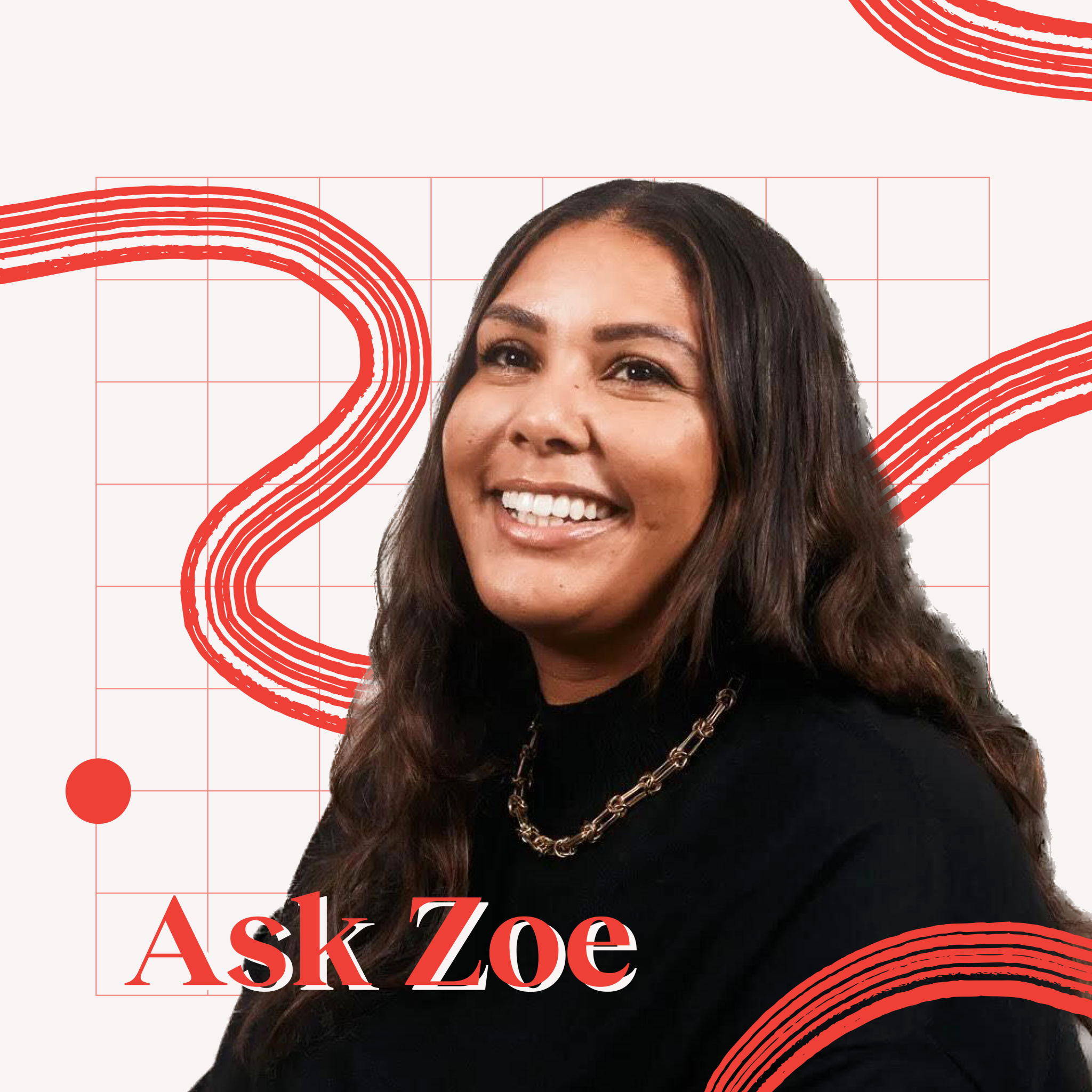With layoffs hitting European tech hard in 2023, the talent market this year will be flooded with jobseekers looking for their next role. As peak hiring season begins, it's the perfect time to start job hunting. But where do you start?
In our Startup Life newsletter, we spoke to Sarah Manning, chief people officer at Monzo, to find out her tips for job seeking in the early weeks of January, to ensure you're finding the right jobs and that recruiters can find you.
Figure out what you really want
Ask yourself:
- What do I love about my current job and want to do more of?
- What am I missing that I want to pursue?
- What products do I rave about?
- What brands’ values do I identify with?
Once you’ve identified what you’re actually looking for, job hunting becomes a little easier.
Research companies you resonate with
Once you know what you want, find companies that align with that. Research them, read their blogs and socials, learn about their values and check out their Glassdoor reviews. If you can, speak to people who work there: click on a company’s LinkedIn page and view all the employees you’re a first-degree connection with.
Tailor your applications
To stand out for the right reasons, make sure your application is tailored to the role and the company you’re applying for. Show them what you’ve learnt and understood from your research on them. Sounds simple, but it’s that attention to detail that will get you noticed.
Articulate what you bring to the table
Your CV should focus on what you’ve delivered and the impact you’ve had, not just list your key responsibilities. Spend the time reflecting on your growth and development. Write down your accomplishments and include the measurable impact they’ve had (on you, your team, your company or customers). This will demonstrate your skills to a recruiter. Also, write down your strengths — and the times this resulted in a positive impact — and areas for growth you want to work on.
Develop yourself
If you have an annual learning budget available to you, use it to pay for a course to brush up on skills or learn something new. The skills you learn may come in handy in a future role.
Create a networking plan
Plan out who you want to reach out to and what you want to gain from that connection. Identify the hiring managers for the jobs you want to apply for, the recruiters who might be recruiting in your industry or for a specific role or thought leaders for your discipline. Figure out:
- What you want to say.
- What answers you need.
- How you’re going to get in touch — is it cold outreach on LinkedIn or can you get an introduction, for example?
Reach out during the first few weeks of January.
Help recruiters find you. LinkedIn is one of the main tools recruiters use to find talent — and they often search for keywords, job titles and industries. If you have a very basic LinkedIn, without any detail, it won’t be as easy for us to find you.
Spruce up your profile, and include relevant details so that you can be easily found when recruiters are searching for your skills. For example:
- Do you have a unique job title? List out other relevant and more common job titles in the description section so recruiters understand what you do.
- Do you have a very generic job title? Fill out the description of your role with details about what you specialise in or what you’re working on.



